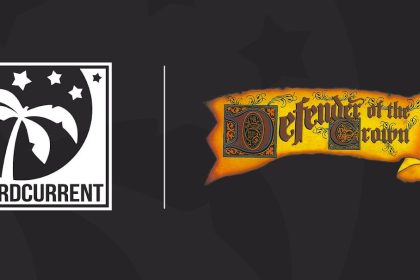Josh Sawyer, the director of Fallout: New Vegas, was well aware of the challenges the game would face upon release, especially the inevitable comparisons to Fallout 3 and the complaints about bugs. Developed in just 18 months, New Vegas had a tight timeline that required reusing assets from Fallout 3 and releasing a product that, while rich in content, came with its share of technical issues.
Despite the frustration, Sawyer understood that such complaints were inevitable, yet he remained confident in the elements of the game that he believed would make it stand out in the long run.
Sawyer knew the game’s limitations but chose to focus his team’s efforts on the freedom of choice that would set New Vegas apart. He emphasized that the true depth of the game would only become apparent after multiple playthroughs.
In contrast to Fallout 3, which had a more linear structure, New Vegas offered players the ability to approach quests, factions, and the overall story in many different ways. This emphasis on player choice was not immediately obvious to those who played the game only once, but Sawyer felt it was essential for the game’s long-term appeal.
The game’s central feature, according to Sawyer, was the freedom to approach it in any way the player desired. Players were not confined to a set path, and they could choose to align with different factions, make significant decisions about who lived or died, and even skip major parts of the critical path.

This open-ended design gave players more control and allowed them to explore various outcomes, making each playthrough feel unique. The game’s structure encouraged experimentation and creativity, setting it apart from more linear RPGs.
Sawyer also mentioned how New Vegas allowed for a level of interaction with NPCs and factions that was deeply integrated into the game’s world. The choices made by players affected not just the immediate narrative but also the game’s factions and their relationships with each other.
The ability to kill key characters without breaking the narrative was another example of how New Vegas allowed players to truly shape their experience. This level of freedom was something Sawyer and his team had worked hard to include, and it was something that he believed would resonate with players over time.
Ultimately, while New Vegas may have been released with technical flaws and some initial criticism, Sawyer’s confidence in the game’s design proved to be well-founded. Over time, players began to appreciate the depth of choice and the freedom offered in New Vegas.
It became a standout in the RPG genre, with a lasting legacy rooted in its unique approach to player agency, narrative freedom, and replayability. The game’s intricate design and the ability to influence its world in meaningful ways contributed to its iconic status within the Fallout series.







